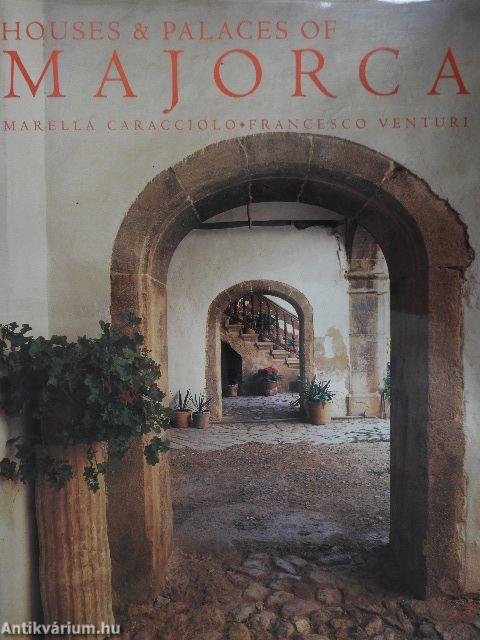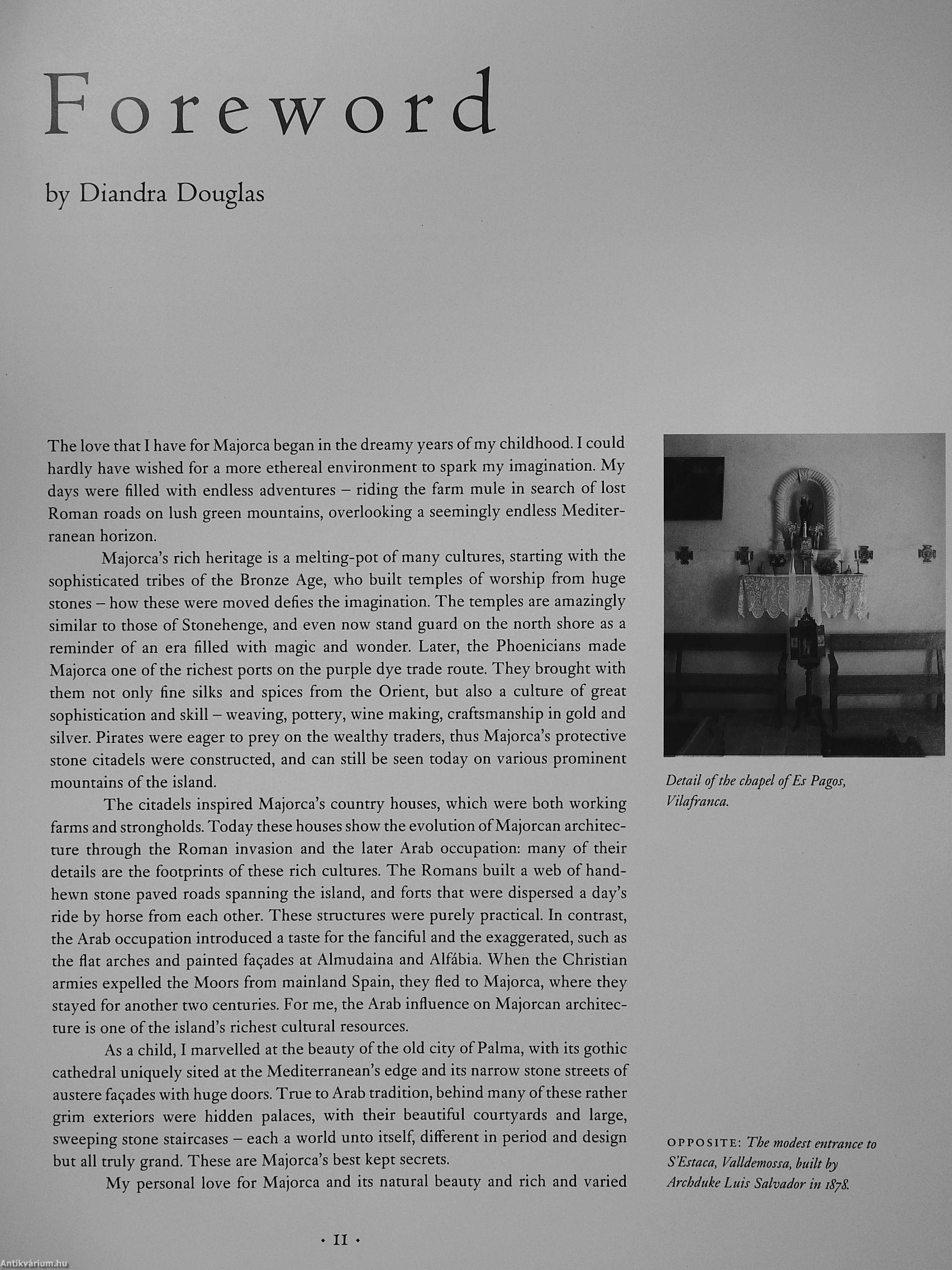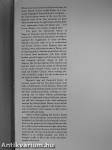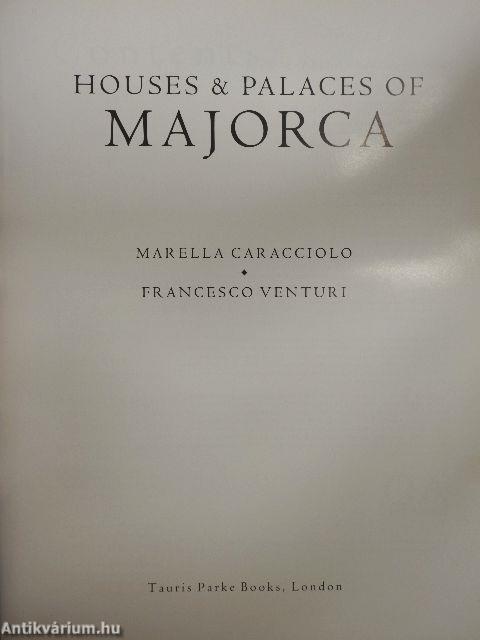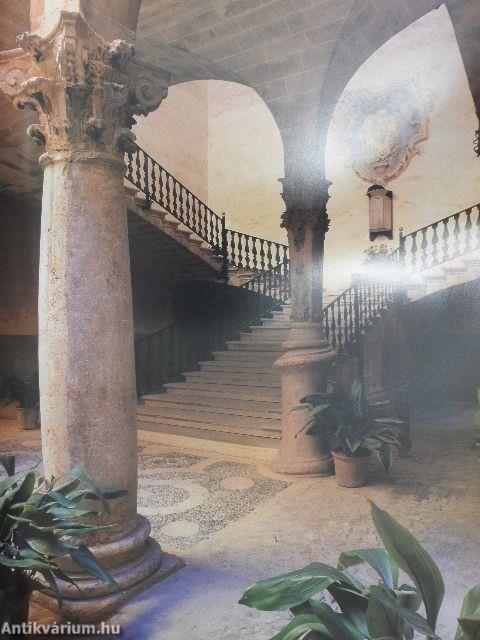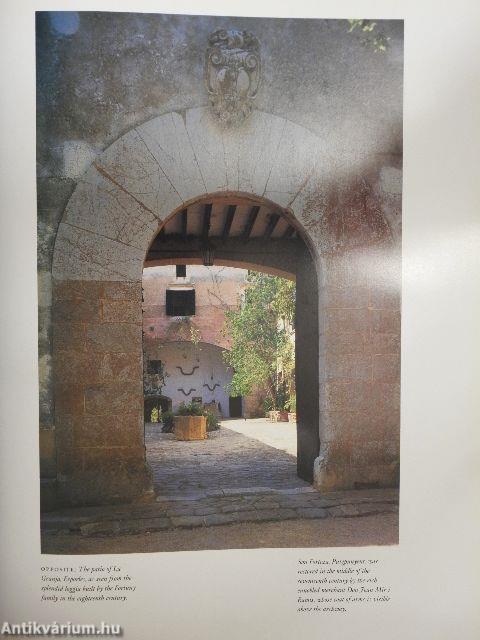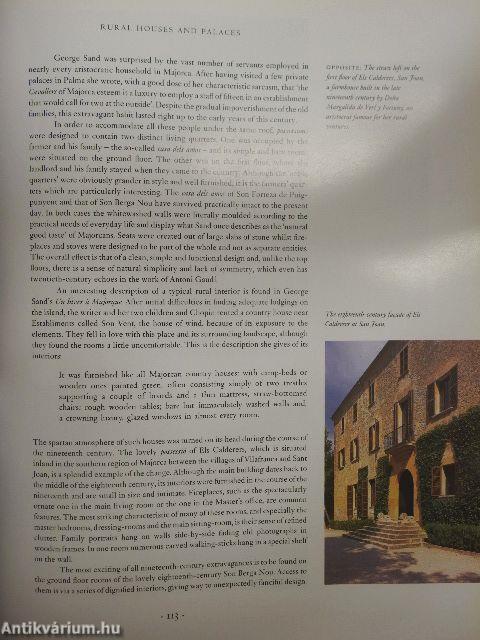1.067.297
kiadvánnyal nyújtjuk Magyarország legnagyobb antikvár könyv-kínálatát

VISSZA
A TETEJÉRE
JAVASLATOKÉszre-
vételek
Houses & Palaces of Majorca
| Kiadó: | Tauris Parke Books |
|---|---|
| Kiadás helye: | London-New York |
| Kiadás éve: | |
| Kötés típusa: | Fűzött kemény papírkötés |
| Oldalszám: | 224 oldal |
| Sorozatcím: | |
| Kötetszám: | |
| Nyelv: | Angol |
| Méret: | 31 cm x 24 cm |
| ISBN: | 1-86064-141-5 |
| Megjegyzés: | Színes fotókkal. |
naponta értesítjük a beérkező friss
kiadványokról
naponta értesítjük a beérkező friss
kiadványokról
Előszó
TovábbFülszöveg
ma
When away from his beloved Majorcan home, the writer Robert Graves would dream of it constantly, longing for 'the smell of olive-wood fires the buoyant green waters of the cove; the sun-blistered rocks of the Teix mountain; my quiet whitewashed study; the night noises of sheep bells, owls, nightingales, frogs and distant surf '. For Graves, Majorca was, simply, a magical place.
The quiet but spectacular beauty of Majorca's landscape and the fortified, decorative architecture of the houses and palaces set within it, captured the imaginations of many travellers. Marella Caracciolo takes us on an architectural and literary journey across Majorca, from the winding streets and pointed arches of Palma, with its imposing gothic cathedral poised above the sea, to remote rural farmhouses with their simple façades, graceful loggias and all important patios and sweeping staircases, unique in style to Majorca. Her own descriptions of the exteriors and interiors which can be seen today... Tovább
Fülszöveg
ma
When away from his beloved Majorcan home, the writer Robert Graves would dream of it constantly, longing for 'the smell of olive-wood fires the buoyant green waters of the cove; the sun-blistered rocks of the Teix mountain; my quiet whitewashed study; the night noises of sheep bells, owls, nightingales, frogs and distant surf '. For Graves, Majorca was, simply, a magical place.
The quiet but spectacular beauty of Majorca's landscape and the fortified, decorative architecture of the houses and palaces set within it, captured the imaginations of many travellers. Marella Caracciolo takes us on an architectural and literary journey across Majorca, from the winding streets and pointed arches of Palma, with its imposing gothic cathedral poised above the sea, to remote rural farmhouses with their simple façades, graceful loggias and all important patios and sweeping staircases, unique in style to Majorca. Her own descriptions of the exteriors and interiors which can be seen today are illuminated by the words of earlier visitors, such as George Sand and Frédéric Chopin, whose writings provide remarkable insights into the architecture of the island in earlier centuries.
Majorca's long and chequered history of invasion meant that her first great houses were built as fortifications. As the Romans, Moors and Christians conquered the island successively, each left their architectural mark, resulting in a fascinating mix of styles. Palaces painstakingly restored in eighteenth-century Italianate manner can still have elements of the Arab-arabesques amongst the classical forms. Ornate, rococo details can, equally, be seen applied to the simple structures of medieval rural mansions as their owners gained wealth and status.
Many of these building still survive, thanks largely to the extraordinary conservationist zeal of Archduke Luis Salvador in the ninteenth century. Such was his passion for his adopted Majorca that he would buy land and houses outright rather than see an olive tree hewn down or a brick demolished unnecessarily. He was instrumental in preserving Majorca as an 'earthly paradise', one which is brought vividly to life in the words and photographs of this book. Vissza
Témakörök
- Idegennyelv > Idegennyelvű könyvek > Angol > Művészetek > Építészet
- Idegennyelv > Idegennyelvű könyvek > Angol > Útikönyvek
- Útikönyvek > Európa > Dél-Európa > Városai
- Útikönyvek > Idegennyelvű útikönyvek > Angol
- Útikönyvek > Utazás, turizmus
- Művészetek > Építészet > Várostörténet > Külföldi
- Művészetek > Építészet > Kontinensek szerint > Európa > Egyéb
- Művészetek > Építészet > Idegen nyelv > Angol
- Művészetek > Építészet > Műemlékek > Egyéb
- Művészetek > Építészet > Építészettörténet > Külföldi
Marella Caracciolo
Marella Caracciolo műveinek az Antikvarium.hu-n kapható vagy előjegyezhető listáját itt tekintheti meg: Marella Caracciolo könyvek, művekMegvásárolható példányok
Nincs megvásárolható példány
A könyv összes megrendelhető példánya elfogyott. Ha kívánja, előjegyezheti a könyvet, és amint a könyv egy újabb példánya elérhető lesz, értesítjük.



